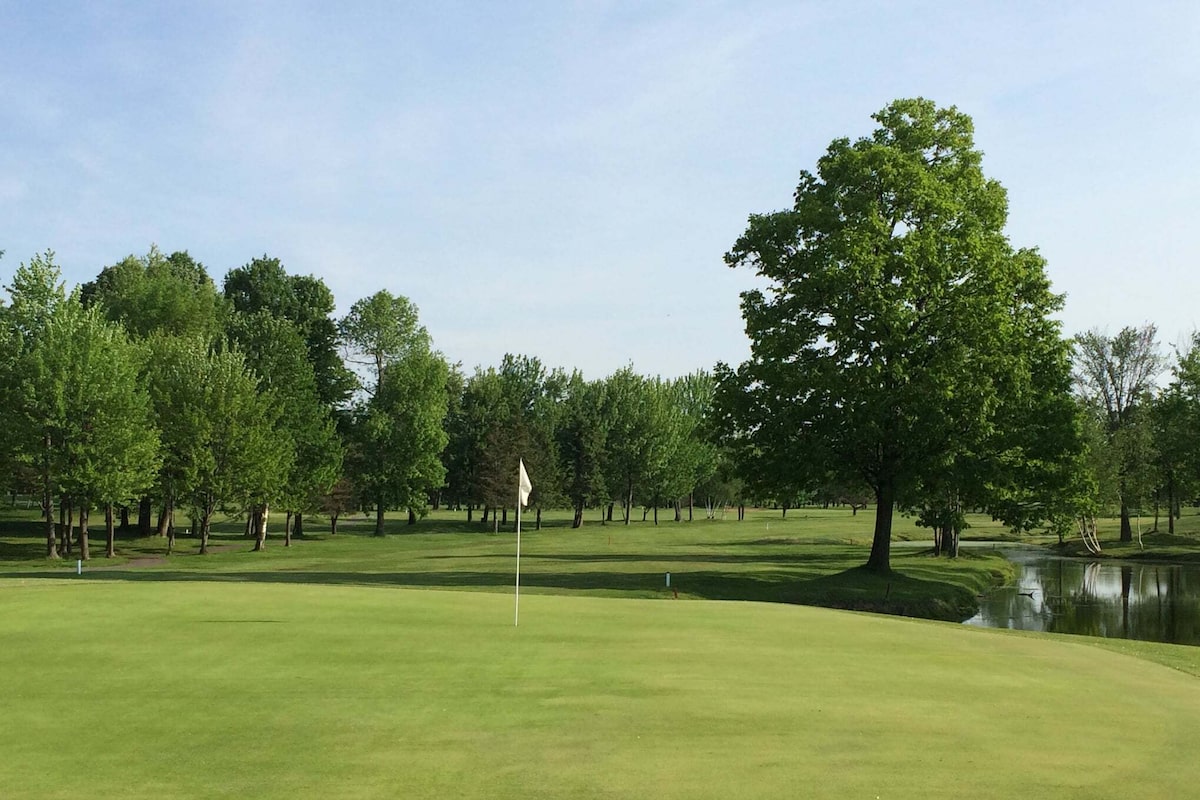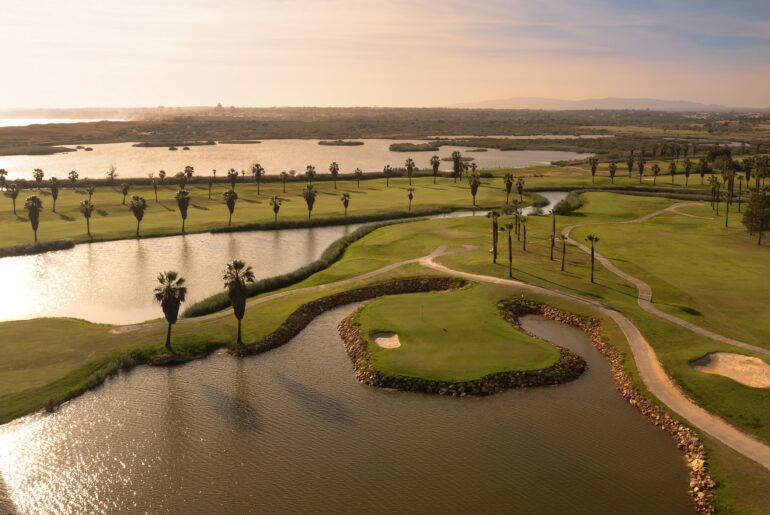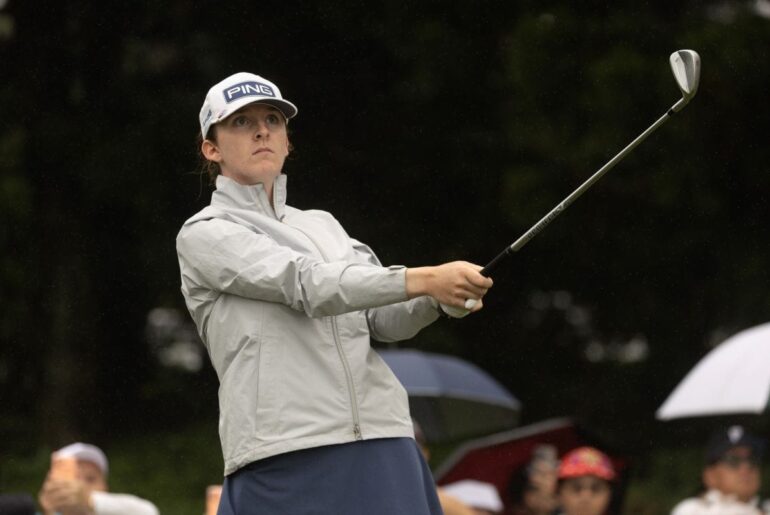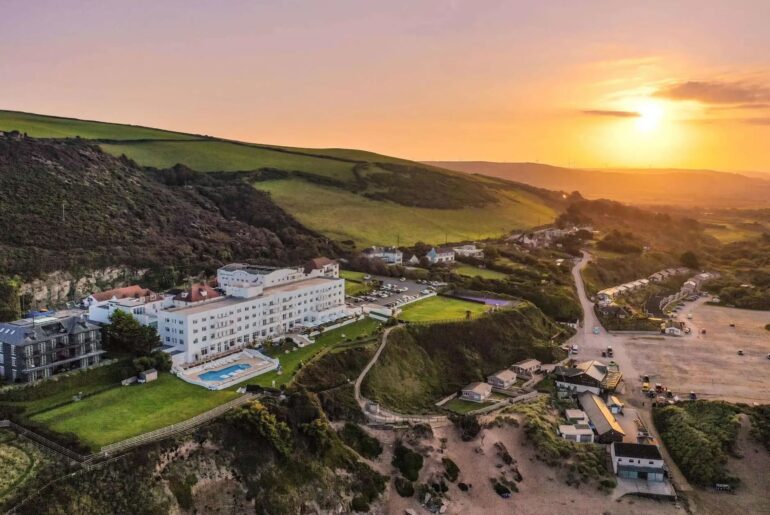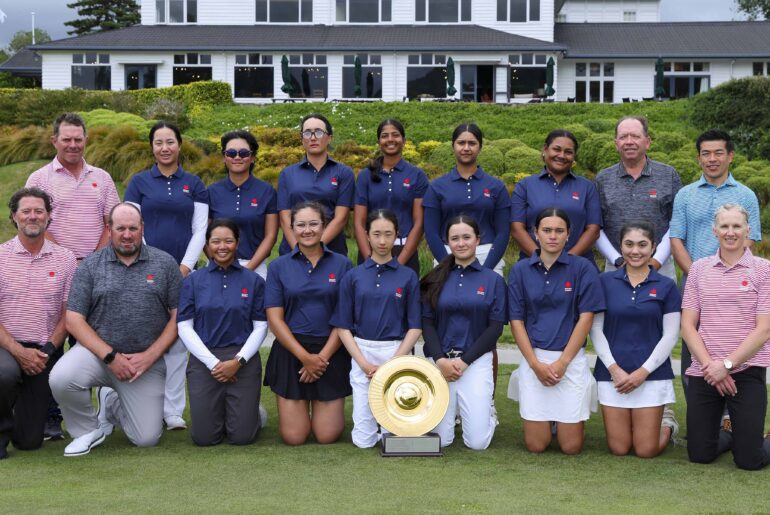Open this photo in gallery:
At Caughnawaga Golf Club in Kahnawake, Quebec, sustainability is a key factor when owners Andrew, Carrie, and James Patton are making decisions about day-to-day operations, from what type of fertilizer to use to irrigation processes.SUPPLIED
If there’s one thing James Patton knows, it’s golf. Growing up in Kahnawake, Quebec, on the Mohawk Reservation, the now 61-year-old first started working on his family’s golf course, Caughnawaga Golf Club, when he was seven. To say he was a jack-of-all-trades is an understatement.
“I think I’ve worked in every aspect of this course,” Mr. Patton says. “On the grounds, tending bar, serving banquets, in the kitchen, running the snack bar, doing golf operations; there’s not a position here I don’t think that I worked at one point or another.”
Working alongside his father Angus Patton day-to-day, some of the younger Patton’s most formative memories take place in the unique locales of the course, one in particular is the course’s original clubhouse — a farmhouse on the land that was renovated in 2020.
In many ways it makes sense that some of Mr. Patton’s earliest memories around Caughnawaga Golf Club would include the wonders of nature, because the environment, and most importantly appreciation and preservation of it, have been at the core of his family’s values since the course was first built in 1967.
“We were brought up here connected to the land,” he says. “You’re part of the land, do not abuse the land, take care of it.”
For Mr. Patton and his team, that means always considering what they put on and into the course itself. For example, they use fertilizers with low levels of nitrogen and phosphates, since traditional formulas can lead to water pollution and eutrophication. The latter is a process where bodies of water become enriched with too many nutrients, leading to overgrowth of algae and other aquatic plants—and potentially even dead zones where aquatic animals can’t live because of low oxygen levels.
And they’re not alone. Across the country, Indigenous-owned golf courses are leading the charge when it comes to sustainability. Guided by cultural teachings, these courses are choosing more environmentally friendly practices, a decision that not only benefits the environment and local communities, but also offers a new angle on tourism. (Data shows sustainability is front of mind for many Canadian travellers who may considering playing a round or two on their next vacation. According to Booking.com’s 2024 Sustainable Travel Report:, 76 per cent of travellers are looking to travel more sustainably and 83 per cent considering sustainable travel important.)
This is something the owners of Dakota Dunes Golf Links tapped into well ahead of the curve. The Saskatoon, Saskatchewan course is primarily owned by Whitecap Dakota First Nations. Prior to its 2005 opening, the First Nation employed golf architects Graham Cooke and Wayne Carleton to design and build the 18-hole course in the most sustainable way possible — a stark difference from the way most courses were designed at the time.
Open this photo in gallery:
When golf architect Wayne Carleton was tasked with designing Saskatoon’s Dakota Dunes Golf Links, which is primarily owned by Whitecap Dakota, First Nations, the ask was to create the most sustainable course possible.SUPPLIED
“At the time I was working on Dakota, most courses being developed in Canada were more traditional in design, required earth to be moved, trees to be cleared and were driven by housing developments and nothing like Dakota Dunes,” Mr. Carleton says.
Conversely, at Dakota Dunes, Mr. Carleton and his team were asked to preserve the natural environment and move as little earth and vegetation as possible, in order to help preserve the native habitats and biodiversity of the site.
The team didn’t import any exterior materials, choosing to use existing sand on the site instead. In addition, as a water-saving measure, they chose drought tolerant and low fertility grasses, and designed an irrigation system that didn’t affect the natural environment adjacent to the holes, meaning the site itself directly dictated the design. (The system also limited water use.) While it may sound like a lot of work, the result was not only a more environmentally sustainable course, but a unique design direction.
“The golf holes were there to be discovered and I needed to find a routing that worked best with the land,” Mr. Carleton says. “We created a number of options and settled on the routing that we felt captured the essence of the land and would be environmentally sustainable for the long term.”
The golf world agreed; the course received the Best New Golf Course in Canada Design Award from Golf Digest in its first year of operation. And 20 years later, Carleton still works with Dakota Dunes on course restoration projects to preserve the course’s natural character.
For Mr. Patton and the team at Caughnawaga Golf Club, an evolution of ownership has meant an evolution of practices, too. While his family has always had an appreciation for the land, since Patton and his siblings formally took over the course from their dad in 2015 they’re making very intentional decisions when it comes to their day-to-day operations and its impact on the environment — which is something other golf courses should take note of.
“Now more than ever is sustainability one of the highest priorities when designing, renovating, restoring and building golf courses,” Mr. Carleton says. “It is the responsibility of the designers and owners to preserve the natural environment, protect wildlife habitats and benefit the surrounding ecosystems we have the privilege to work with. This starts early on in the design process and the most successful courses are the ones that are an integral part of the environment and act as green space for the community.”
One in a regular series of stories. To read more, visit our Indigenous Enterprises section. If you have suggestions for future stories, reach out to IE@globeandmail.com.

